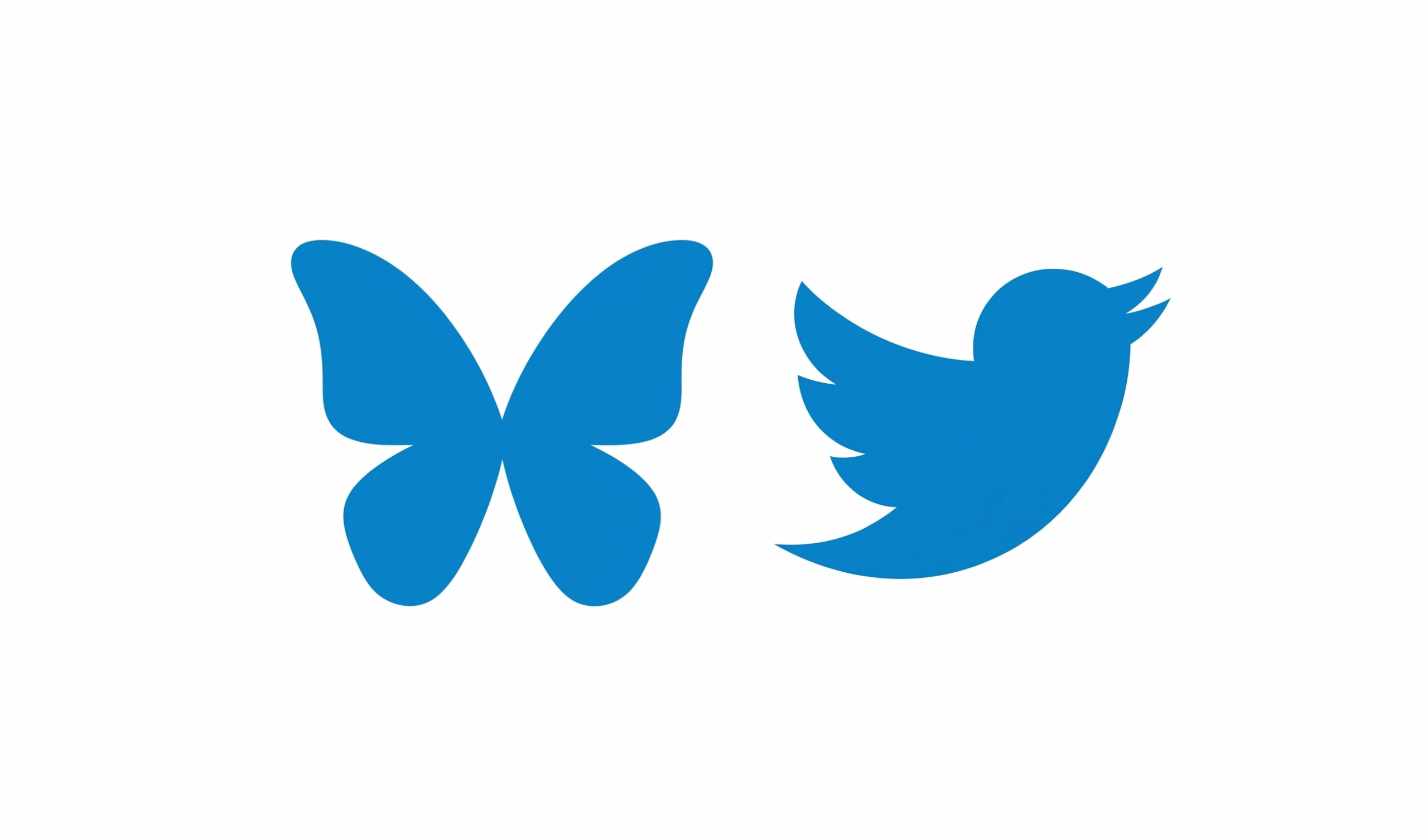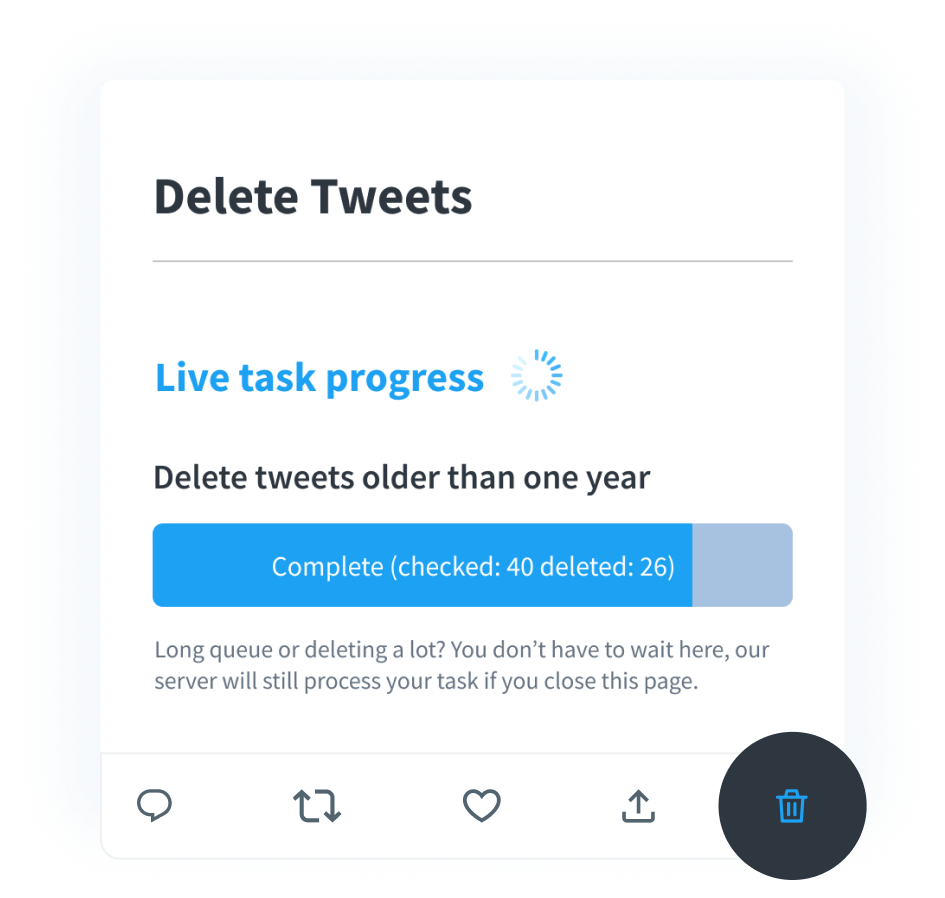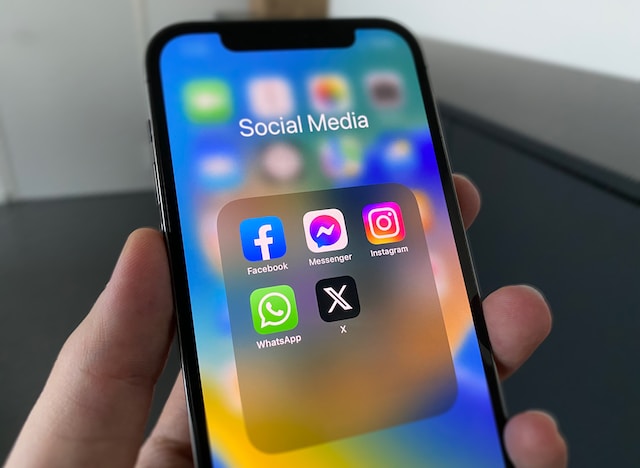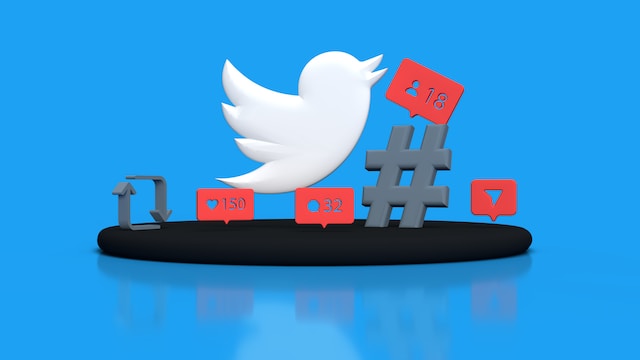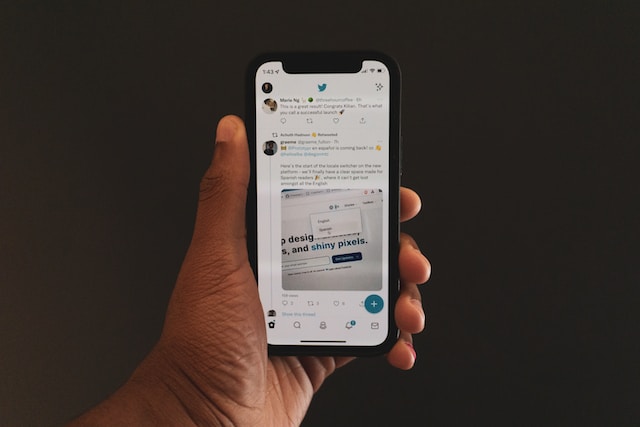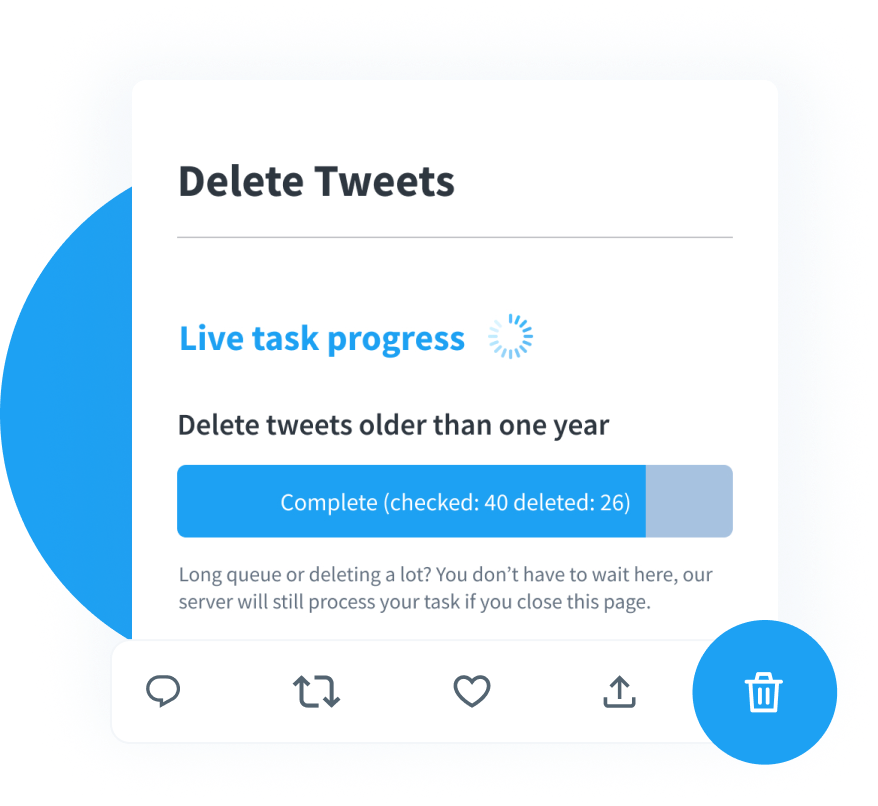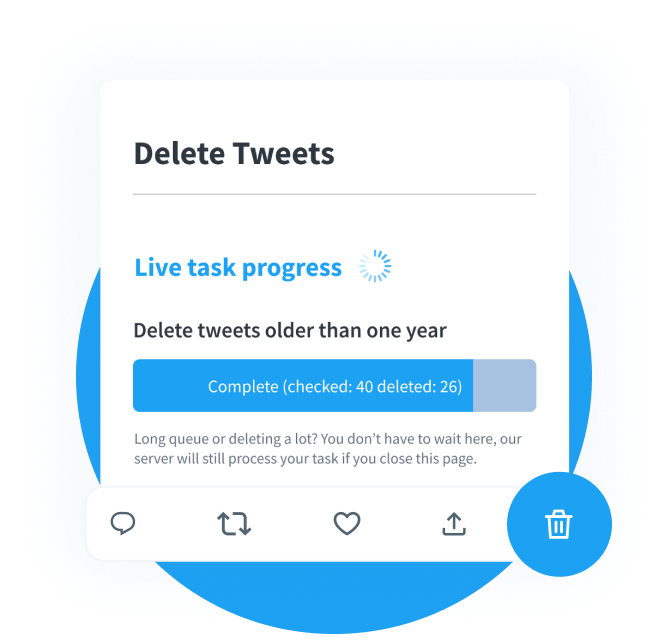If you’ve missed all the buzz, Bluesky vs Twitter might sound like just another social media showdown. And in some ways, it is. One is the old guard, packed with celebs, memes, and drama. The other is fresh, flexible, ad-free, and built on open-source tech.
But Bluesky does more than sit on your phone like the rest. It’s a whole new way to think about social media. We’ll break down the features, the overall vibe, and the essentials for brands. Additionally, we’ll help you determine which platform is actually the best fit for you.
Let’s get into it!
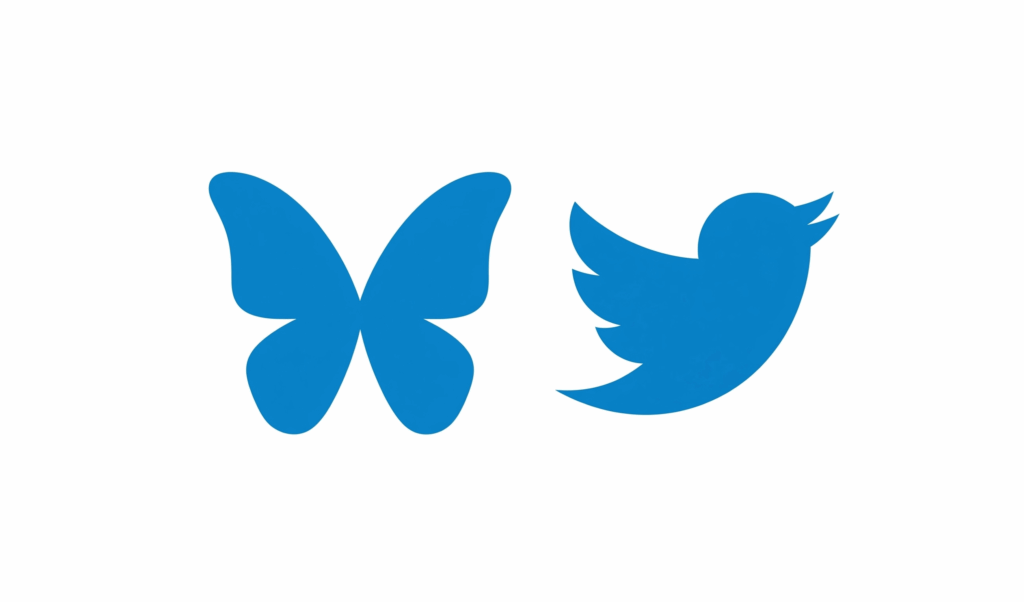
Table of Contents
What Is Bluesky?
Bluesky is a new American microblogging platform, available on the web and mobile apps. Jack Dorsey, the same guy who gave us Twitter, initiated it. Now, Bluesky runs as an independent company. Think Twitter, but calmer, kinder, and without the weird billionaire energy.
Bluesky opened its doors on February 6, 2024, and hasn’t slowed down since:
- By July 2025, over 37 million people will have joined the party. That’s an average of 100,000+ new users per day.
- People sign up every second, and that is about 86,400 new accounts every 24 hours. This is faster than scrolling past ads on X.
- By the end of 2025, they might hit 50 million, adding another 13 million users in just five months. That’s not a small club.
- Bluesky could reach 75 million users by mid-2026, nearly doubling its base in a single year.
Bluesky operates on the AT Protocol, which is open-source and decentralized. In simpler terms, you decide how your feed works, what you see, and what you don’t. You can even build your own algorithm — kind of like creating custom filters. Want a feed with only posts about tech? You can set that up. Prefer to hide news and see just your friends’ updates? That’s totally possible.So, is Bluesky just Twitter? Not quite. Bluesky takes a different approach: it gives users more choice, uses open technology, and grows through community interest. The platform focuses on customization, openness, and a more personal feel.
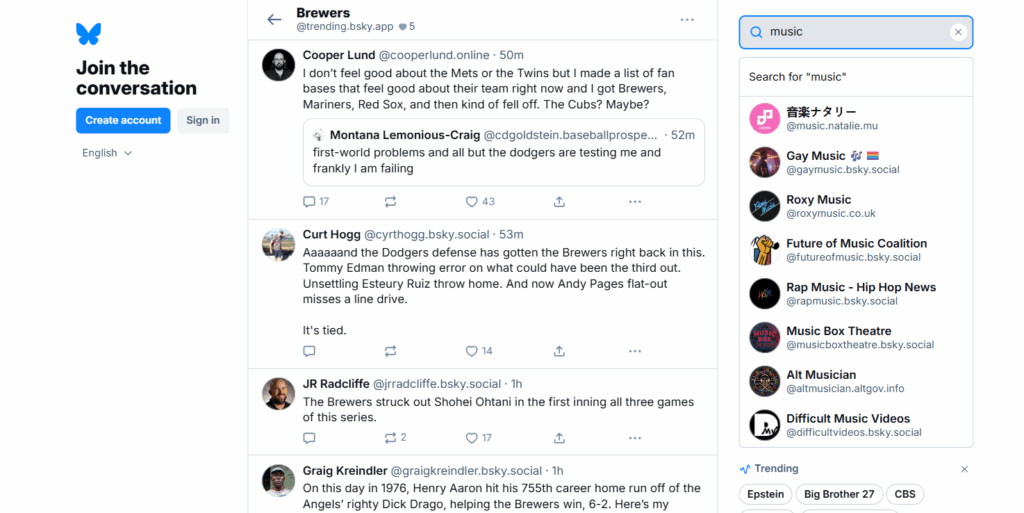
Difference Between Bluesky and Twitter
Bluesky and Twitter may seem pretty similar — short posts, feeds, likes, and comments. But once you start using them, you’ll feel the difference. So, how is Bluesky different from Twitter?
Bluesky gives you a feed based only on accounts you follow. Twitter, on the other hand, mixes in promoted content, suggested posts, and algorithmic recommendations. That makes Bluesky feel more focused and less noisy.
Bluesky also works differently under the hood. With Bluesky, you can choose or build your own custom feed algorithm. You can also move your account between services, and even take your data with you if you switch platforms. Twitter runs on a closed platform, where users and developers have little control over the tech or feed behavior.
In short, Twitter centralizes control over the experience while Bluesky gives it back to the user.
Pros and Cons of Bluesky and Twitter
Bluesky and Twitter (now X) both have their fan bases and their share of drama. One is walking a new path, the other is clinging to old-school algorithms. So, which one actually works better for you?
Bluesky. What’s Great:
- Scroll without ads or distractions — see only what you follow.
- Choose your own algorithm or build one for more control.
- Explore an open-source platform with transparent tech.
- Enjoy a calmer space with less toxicity and more real talk.
- Test new content formats, marketing ideas, and build real engagement.
That said, no platform is perfect. Bluesky isn’t where frog memes go viral. The crowd’s smaller, some features are still under construction, and it can feel a little too quiet at times. Brands won’t get crazy reach, but they might find more meaningful interactions. Users gain freedom instead of FOMO.
Twitter (X). What Still Works:
- Reach a massive audience for news and trends.
- Use strong tools for brands like ads, analytics, and livestreams.
- Explore a familiar layout with a fast-paced vibe.
- Go viral if the timing hits just right.
But here’s the catch: you don’t control your feed. Twitter picks what you see, and those choices change all the time. Ads pop up like spam emails from “your bank.”So, is Bluesky a good alternative to Twitter? It depends on what you want. If you prefer flexibility and a more focused experience, Bluesky delivers. If you need scale, fast trends, and a worldwide audience, Twitter still leads the way.
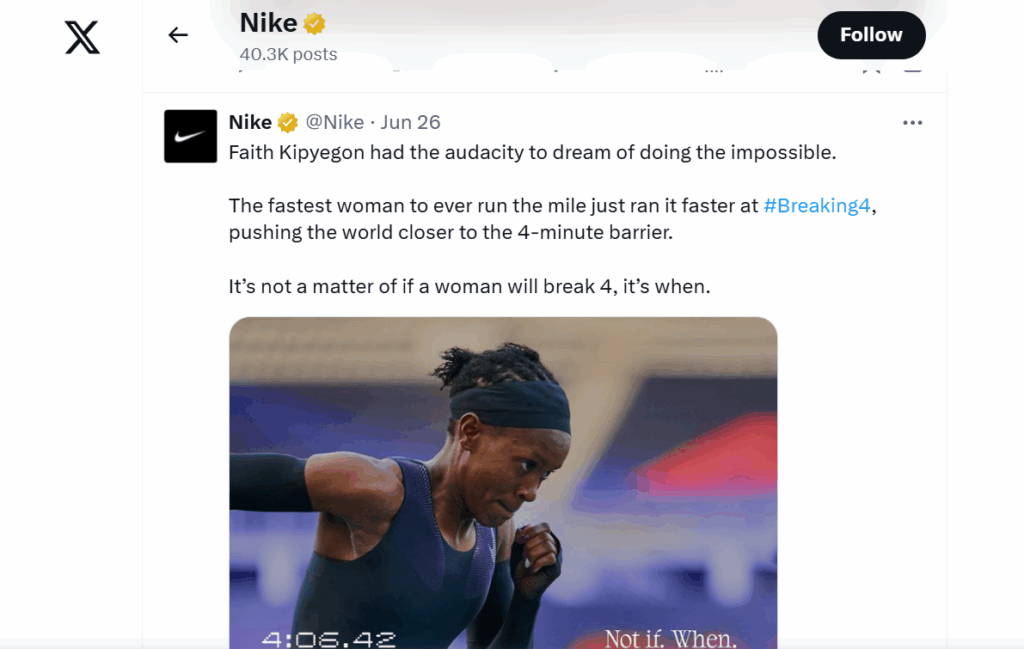
How Brands Can Use Bluesky and Twitter
Brands go where people go. And people are now checking out alternatives.
On Twitter(X), brands still get tons of eyeballs. If you’re bringing a product to market or trying to go viral, X is the place. Ads work, analytics are there, and the media world is massive. But the environment changes quickly. Your tweet might appear next to something wildly off-brand.
What brands can do on Twitter (X):
- Launch campaigns with a wide reach.
- Tap into trending topics in real time.
- Run targeted ads and monitor performance.
- Collaborate with influencers and media.
- Drive traffic fast with viral content.
Bluesky, on the other hand, remains fresh. That means you can actually stand out. It’s easier to talk to users, test new voices, and build something meaningful. No screaming into the void. The vibe? It’s more niche, more respectful.
What brands can do on Bluesky:
- Start themed feeds like a cozy bookshop vibe or a sustainability thread.
- Build tight-knit communities.
- Experiment with tone and content.
- Avoid toxic comment storms.
- Get honest feedback in a chill setting.
Where should we be in the Bluesky vs X debate? Well, if you run a tech startup, choose Twitter. You can launch a product, announce updates, join trending topics, and reach journalists. Influencers and media accounts watch Twitter. That means faster visibility. You can also use ads and track performance with built-in tools.
If you run a local coffee shop, pick Bluesky. You can share behind-the-scenes posts. You can start daily updates like a morning brew photo or a quote of the day. You can talk with regular customers and build a small but loyal audience. People here often care more about the story than the trend. You can lead thoughtful discussions, answer questions, and earn trust over time.
Do you need big numbers right now? Or do you want to grow slower with stronger connections? Both platforms work.

Is Bluesky Better Than Twitter?
So, why is Bluesky better than Twitter? Bluesky offers more control. You choose what appears in your feed, without distractions or algorithmic surprises. The environment feels more focused, user-driven, and shaped by thoughtful moderation.
That said, Bluesky is still developing. The audience is smaller, and some features are still in progress. If you want large-scale visibility, fast-moving conversations, or major trends, Twitter still leads in those areas.
Now, will Bluesky replace Twitter? Not so fast. Twitter remains a dominant platform with international presence and influence. But Bluesky is growing steadily and attracting users who prefer honesty, customization, and a different kind of interaction.
Maybe the question is not who wins, but what works best for you right now.
FAQ
Who owns Bluesky?
Jack Dorsey originally launched Bluesky, but he no longer runs it. In 2025, CEO Jay Graber leads the team. Bluesky operates as an independent public benefit company. That means it focuses on providing useful services, rather than chasing profits.
Is Bluesky free?
Yes, in 2025, Bluesky is still totally free. You can sign up, scroll, post, and follow people without spending a cent. The team might add some extra paid tools later, like special filters or features for pros. But the main app stays free for everyone.
Does Bluesky have ads?
No, and that’s a core part of its appeal. It’s just content from people you follow or the ones you want to find. In the future, new support formats might appear, but not traditional ads like on Twitter.
